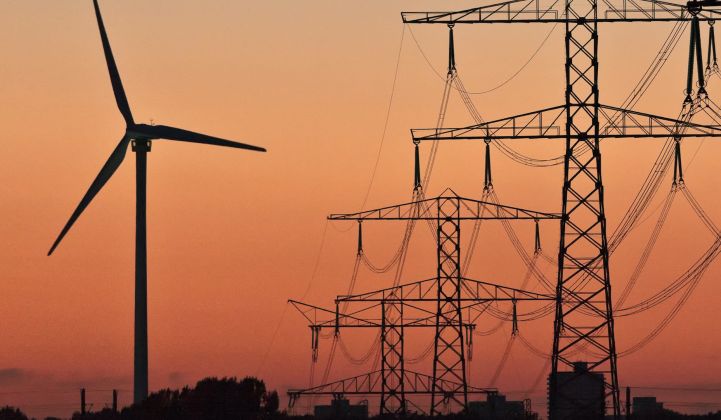
With increasing amounts of wind and solar generation in transmission and distribution, the way grids deliver greener electricity safely, reliably and efficiently is set to change.
Much discussion about renewables and the grid has focused on distribution-connected resources. In this report we focus on wind generation and the transmission system, another essential topic understanding how the grid needs to transform.
Various approaches for managing more wind in transmission
With multiple markets achieving more than 20% wind penetration, it is widely accepted that about 30% wind penetration is possible with existing tools and learnings. However, achieving penetration beyond 30%, which will be required to achieve the 100% renewable electricity or net zero-emissions targets of many cities, states and regions, will be a challenge to achieve at a reasonable cost. There are several options for integrating renewables; which to use and what to emphasize will differ by the current situation and targets/opportunities of each market.
We explore approaches for integrating utility-scale wind assets into the transmission grid in four detailed case studies, including the Southwest Power Pool (SPP) and Electricity Reliability Council of Texas (ERCOT) in the United States, the Single Electricity Market (SEM) across Ireland and Northern Ireland, and in the United Kingdom’s electricity system.
Digital capabilities at the core
New ways to integrate high penetration of wind generation require new digital capabilities. For utilities, knowing what capabilities they will need as wind penetration levels rise is the easy part. The real challenge is delivering these capabilities within a cost-minimizing regulatory framework in an industry riven with uncertainty and change. The required characteristics of a digital organization need to be agile and innovative in the face of change that is rapid and deep.
Industry, policymakers and regulators will need to work together to make an industry digital revolution viable. And this will need to happen fast so that technology constraints do not act as a limiting factor to the pace of renewable integration.
Implications for grid operators
There are six main implications for grid operators planning to integrate larger share of renewables.
- Current sources of flexibility in the existing network: Understand what existing sources of flexibility the network currently has access to, such as pumped storage hydro, interconnections with other markets and demand resources that can vary the load.
- Reliability requirements and participation of renewable resources in operating reserve/ancillary services markets: Confirm that the markets are designed to reward a firmed electron from renewable producers.
- Connectivity and congestion: Understand where supply is (or is expected to be), where will congestion happen (or expected to happen) and have a plan, whether it be transmission expansion or congestion rights markets, to deal with it.
- Supply/peak demand ratio: Understand what the market is comfortable with and what is the ideal (safest, lowest cost, most reliable) way to manage this.
- Renewable integration options: Review the options (system operation, markets, load, flexible generation, networks, storage) and be clear on the activities in each area and whether this makes sense given the current situation, renewables plans and targets, and integration costs.
- Invest in digital. Much can be done to improve the current situation, particularly if digital technologies can be used to increase visibility of system operation and load, improve production forecasting, and predict network congestion.
Renewable generation assets are transforming the grids, and we are seeing innovations in market and product design. But what we are also seeing is that these transformations can be implemented incrementally and pragmatically.
